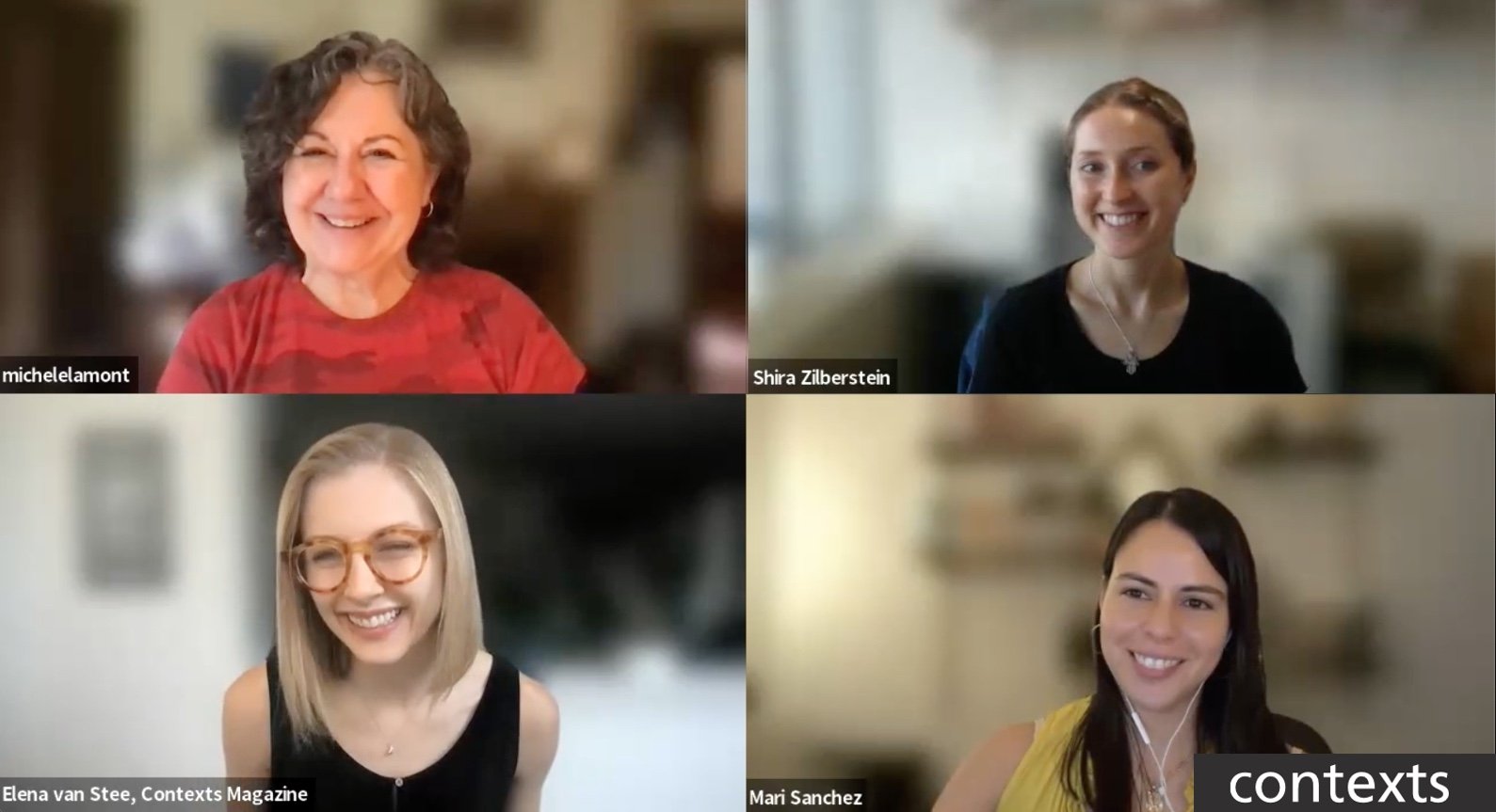Blog.
Essays, media coverage & public sociology.
Editor cap: On
I'm excited to join the Contexts editorial team as the magazine’s newest blog editor.
Social class matters at college. What happened when campuses shut down?
In a new study published in the Journal of Marriage and Family, I leverage the case of COVID-19 campus closings to examine social class differences in young adults’ understandings and experiences of parental support—as well as the implications for inequality.


